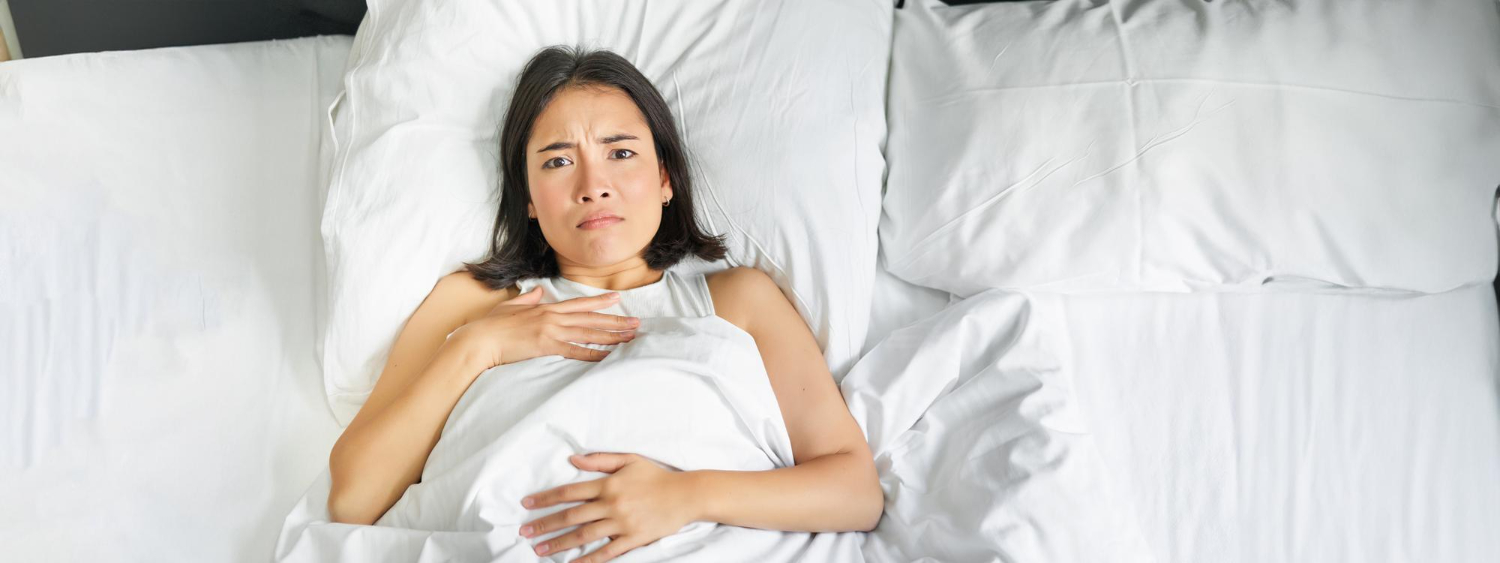
Interstitial cystitis (IC), also known as painful bladder syndrome, is a chronic condition characterized by bladder pain and pelvic discomfort. Unlike regular cystitis, which is often caused by bacterial infections, interstitial cystitis is not linked to an infection and tends to be more complex and difficult to diagnose. This condition can significantly impact quality of life, as symptoms can range from mild discomfort to severe pain and urinary frequency that disrupts daily activities.
IC primarily affects women, although men can also experience this condition. The exact cause of interstitial cystitis is not well understood, but it is believed to be related to a defect in the bladder lining, autoimmune reactions, or inflammation that damages bladder tissues. According to the National Institute of Diabetes and Digestive and Kidney Diseases (NIDDK), factors such as trauma, infections, or genetics may also play a role in its development.

Symptoms of interstitial cystitis include a persistent need to urinate, even immediately after voiding, as well as pain or pressure in the bladder and pelvic region. Some people may find that their symptoms worsen during specific activities, such as sitting for extended periods or during sexual intercourse. The condition is often confused with bladder infections, but urine tests typically do not show any bacteria. This absence of infection can make the diagnosis process challenging and may require more specialized diagnostic procedures like cystoscopy or bladder biopsy.
Diagnosis of IC usually begins with a thorough medical history and physical examination. Physicians may perform a cystoscopy, allowing them to visually inspect the bladder lining for signs of inflammation or other abnormalities. Other tests could include urodynamic studies, which measure how well the bladder holds and releases urine. In some cases, a potassium sensitivity test is used to detect if the bladder lining is leaky or hypersensitive. Mayo Clinic provides comprehensive resources on what to expect during diagnostic testing for IC.
Treatment for interstitial cystitis varies based on the severity of the symptoms and patient response. No single treatment works for everyone, so a combination of therapies is often recommended. Common treatment options include lifestyle changes, such as dietary modifications to avoid bladder irritants like caffeine, alcohol, and spicy foods. Patients may also benefit from physical therapy, specifically pelvic floor therapy, to alleviate pelvic muscle tension. Oral medications, such as antihistamines or tricyclic antidepressants, can help reduce bladder inflammation and pain.
For those who do not respond to initial treatments, more advanced options are available. These include bladder instillations, where a catheter delivers medication directly to the bladder lining, or bladder distention, a procedure that stretches the bladder to provide temporary symptom relief. In some severe cases, surgical interventions may be necessary, such as bladder augmentation or even partial bladder removal to alleviate pain and frequency. The American Urological Association outlines various treatment pathways that may be considered, from conservative management to surgical options.
Coping with interstitial cystitis often involves a multi-faceted approach. Behavioral therapies, including stress management techniques, can help patients manage their symptoms. Because IC can affect emotional and psychological well-being, integrating counseling or support groups into the treatment plan is beneficial for maintaining mental health.

While there is no cure for interstitial cystitis, many patients can achieve significant symptom relief through a tailored combination of treatments and lifestyle adjustments. Staying informed and proactive with healthcare appointments can make managing IC more effective.


